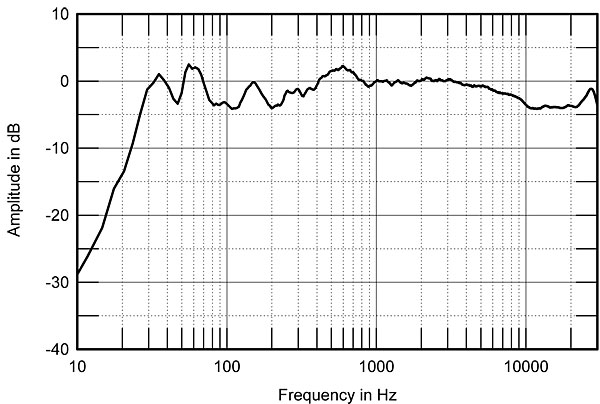| Columns Retired Columns & Blogs |
While Andrew Jones clearly designs great speakers (I've personally heard the Reference models), one has to wonder if all the exotic materials and extreme expense really produces a better sounding speaker. It seems like the TADs, Magicos, and Best Loudspeaker In The World company ( from the ever modest YG Acoustics) are living in a vacuum - at least where mini monitors are concerned. With speakers like the KEF 201/2 Reference offering in some instances better performance ( measured cleaner midrange/tweeter spectral decay, for example) at a fraction of the price ( $6000/pair), it would seem that some of the design parameters for the uber priced mini monitors are a bit misplaced. While Andrew's job with the 8 inch woofer in the compact Reference is commendable, one can achieve noticeably better performance with a properly integrated sub or a modest sized tower like the Revel Ultimas at a fraction of the cost. Concentric beryllium speaker units are a wonderful thing but only if the end result and it's associated cost can be justified with improved performance. On that count, the verdict doesn't seem very clearly in favor of this uber pricey mini monitor.













































